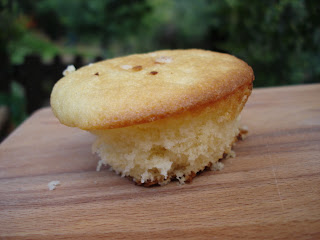During the cold winters of Chicago, it wasn’t unheard of to find that a mouse had made its way into the apartment. It was disturbing, and prompted a quick run to the hardware store to buy poison. However, the mouse was nothing in comparison to the daily rat sightings in the alleys. City rats are huge and became immune to the city’s weekly doses of poison. I recall one summer evening sitting on a friend’s back porch and watching in disbelief the vast quantity of rats foraging in the garbage below. It was savage; they tore through bags and fought amongst themselves for what was inside. I don’t remember exactly how many there were, but there were so many we gave up counting in lieu of going out for a beer. Rats and mice are part of urban living, like it or not.
Now, the country rodent is a bit different. First, it is much smaller than its urban counterpart. In fact, a country rat is about the size of a city mouse. I saw one practically face to face this summer hanging out in a fig tree behind the house, and it didn’t look half as malicious as the ones I saw years ago from that city porch. It just looked at me and ran away. The mice are much smaller too, sometimes no bigger than a walnut. With all the fruit trees, vineyards, and vegetables gardens, there is no need to search indoors for food. This is why we were so shocked to find a mouse hanging out in our chimney this week. There is no food there, so after the first sighting of it we made a bunch of noise and hoped it would figure out the mistake and just quietly leave. After all, there are plenty of figs just outside it can eat and it would have its pickings if it just settled near the compost. Its second sighting proved us wrong; it didn’t leave and that prompted some dire action: a mouse trap. We opted against poison because we didn’t want to take the risk of it dying behind a wall where it couldn’t be retrieved and then we’d have to live the smell of a dead mouse as nature took its course. The trap quickly worked; there was a clean kill and the walnut size carcass was quickly discarded. We didn’t reveille in this, but the mouse’s place is outside and we did give it a chance. This made me think of its larger, urban counterpart in the same situation, and I could image flipping on the lights in the kitchen and finding a very angry mouse with its head in the trap squeaking, “What the heck!”
All my urban rat memories came rushing back, and this made me happy that I now only deal country mice.






















